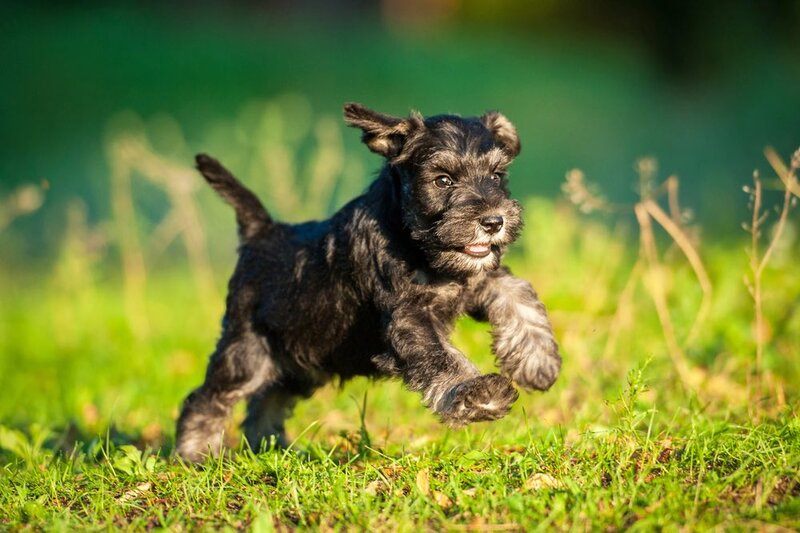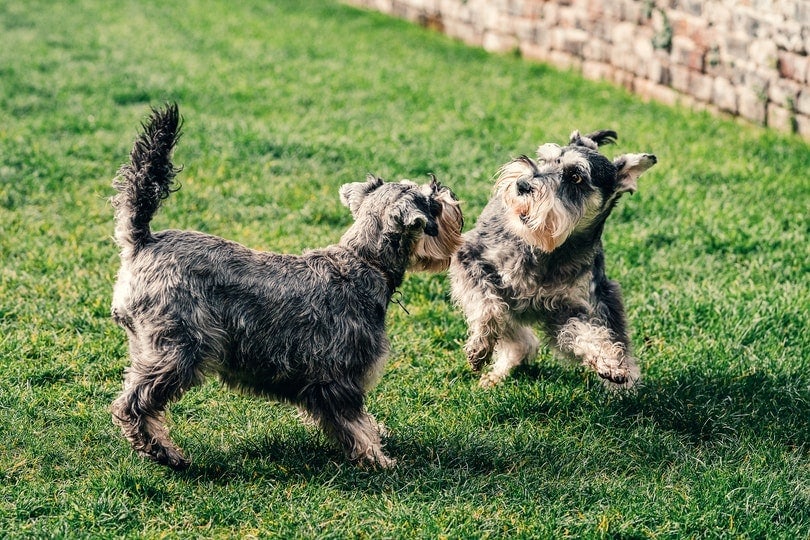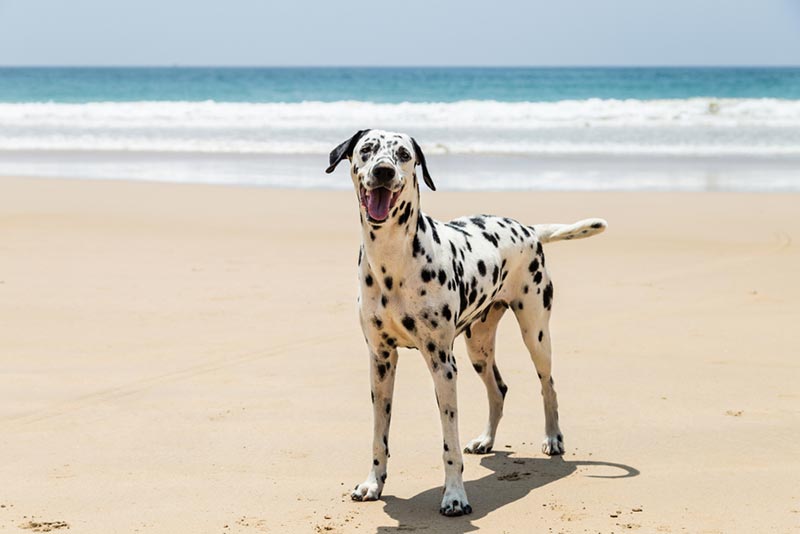What Were Miniature Schnauzers Bred For? History Explained
Updated on

The small but sturdy Miniature Schnauzer is the best of all worlds in one dog breed. They are intelligent, extroverted, funny, sweet, and affectionate, with distinctive beards and eyebrows!
If you’ve wondered what they were bred for, you might be interested to learn that the Miniature Schnauzer was bred in Germany to be ratters and guard dogs for farms. The Miniature Schnauzer has been designated as part of the terrier group for this reason. This sets them apart from both the Standard and Giant Schnauzer breeds, which are in the working group.
Here, we take a closer look at the Miniature Schnauzer, including their history and origins, so you can learn something interesting and new about these amazing little dogs.
Where It All Began
Before we talk about the origins of the Miniature Schnauzer, we need to have a brief look at the Standard Schnauzer, as this is where it all began.
The Standard Schnauzer is the original, where both the Giant and Miniature came from. Bavarian farmers in the 15th century were looking for an all-around working dog that could help on the farm. From herding livestock and guarding property to hunting and exterminating vermin, these were all desirable traits that German farmers were looking for.
It wasn’t until 1879 that these dogs were exhibited as Wire-Haired Pinschers in Germany. The winner in the class had the name, “Schnauzer,” which is where their name originated.
Then There Was the Miniature Schnauzer

By the late 1800s, German farmers were interested in small dogs that could hunt vermin but have the Standard Schnauzer’s famous temperament and character.
There is a bit of debate on how the Miniature Schnauzer came to be, but it’s believed that they were bred from the Standard Schnauzer, the Affenpinscher, the Miniature Pinscher, and the Poodle.
The first-ever Mini Schnauzer was a black female called Findel in 1888, who also belonged to the Pinscher-Schnauzer Klub. But it was in 1899 that the Miniature Schnauzer was initially shown as a distinct breed, and they first arrived in the United States around 1925. They were then recognized by the American Kennel Club (AKC) in 1926, and the first official American Miniature Schnauzer Club was established in 1933.
It was after World War II that the Mini Schnauzer soared in popularity, and at one point, they were the third most popular dog breed in the United States. Their adorable beards and eyebrows, combined with their stellar temperaments, made them popular with celebrities, including Bob and Elizabeth Dole, Mary Tyler Moore, and Bruce Lee.
A Few Interesting Facts About the Miniature Schnauzer

- Did you know that the word “schnauzer” is the German word for “mustache”? Given that it’s one of the Schnauzer’s most distinctive features, this shouldn’t be too surprising. But to narrow things down more, the word “schnauze” is German for muzzle or snout.
- The Miniature Schnauzer is the most popular breed of the Schnauzer breeds. Currently, the Giant is 78th and the Standard is 89th out of all dog breeds. The Mini is the 19th most popular breed, according to the AKC.
- While the Miniature Schnauzer is classified as a terrier, they don’t have many of the typical terrier traits, like a fiery temperament or standoffish independence. The combination of the breeds that went into creating the Miniature Schnauzer is what gave us such devoted and friendly dogs.
- The Miniature Schnauzer is among the world’s smartest breeds. It consistently places as the 12th most intelligent dog breed in the world.
- Mini Schnauzers were bred to be ratters and guard dogs. However, they are inherently not aggressive, so they are great at alerting you about trouble but won’t attack or bite. This makes them excellent family dogs!
- These dogs are also great for people who suffer from allergies. They aren’t known to shed that much and only need grooming once every 6 weeks!
- The Miniature Schnauzer is equally happy on a large rambling farm or in an apartment. They will enjoy going on a hike with you or just cuddling up on the couch while you watch a movie. Just keep in mind that they are barkers, so apartment living might not be ideal.
- The beards on the Mini Schnauzer’s face not only make them super adorable, but they also help protect them from any bites from the vermin that they are hunting.
- Their wiry coats help protect them from the soil that they dig through to reach the vermin. They have thick double coats, which gives them even more protection.
- Due to their origins in chasing vermin, their hearing is sharp, so their frequent barking could be an issue because they’re more likely to react to unusual noises that you might not hear.
- They come in four colors. The most common color that you’ll see is salt and pepper, but they are also white, black, and sometimes brown (although this is rare).
- While grooming doesn’t have to be too frequent, it’s usually best to have it done professionally. These dogs have specific requirements given their wiry and double coats. They typically have their coats hand-stripped when they participate in dog shows.
Conclusion
The Miniature Schnauzer was created as a ratter, but they stand alone among all other terrier breeds. While they can be feisty, their good-natured and even-tempered personalities make them wonderful family dogs.
It’s interesting to note that they have their origins in the Standard Schnauzer, yet they have outshone them as smarter and more popular.
The Mini Schnauzer gets along well with other animals, but they shouldn’t always be trusted around smaller animals, given their origins. They live long lives, don’t shed much, are trainable, and make great companions for the whole family.
See Also:
- 10 Best Harnesses for Miniature Schnauzers — Reviews & Top Picks
- 11 Miniature Schnauzer Pros & Cons: Know Before You Bring One Home!
Featured Image Credit: Grigorita Ko, Shutterstock














